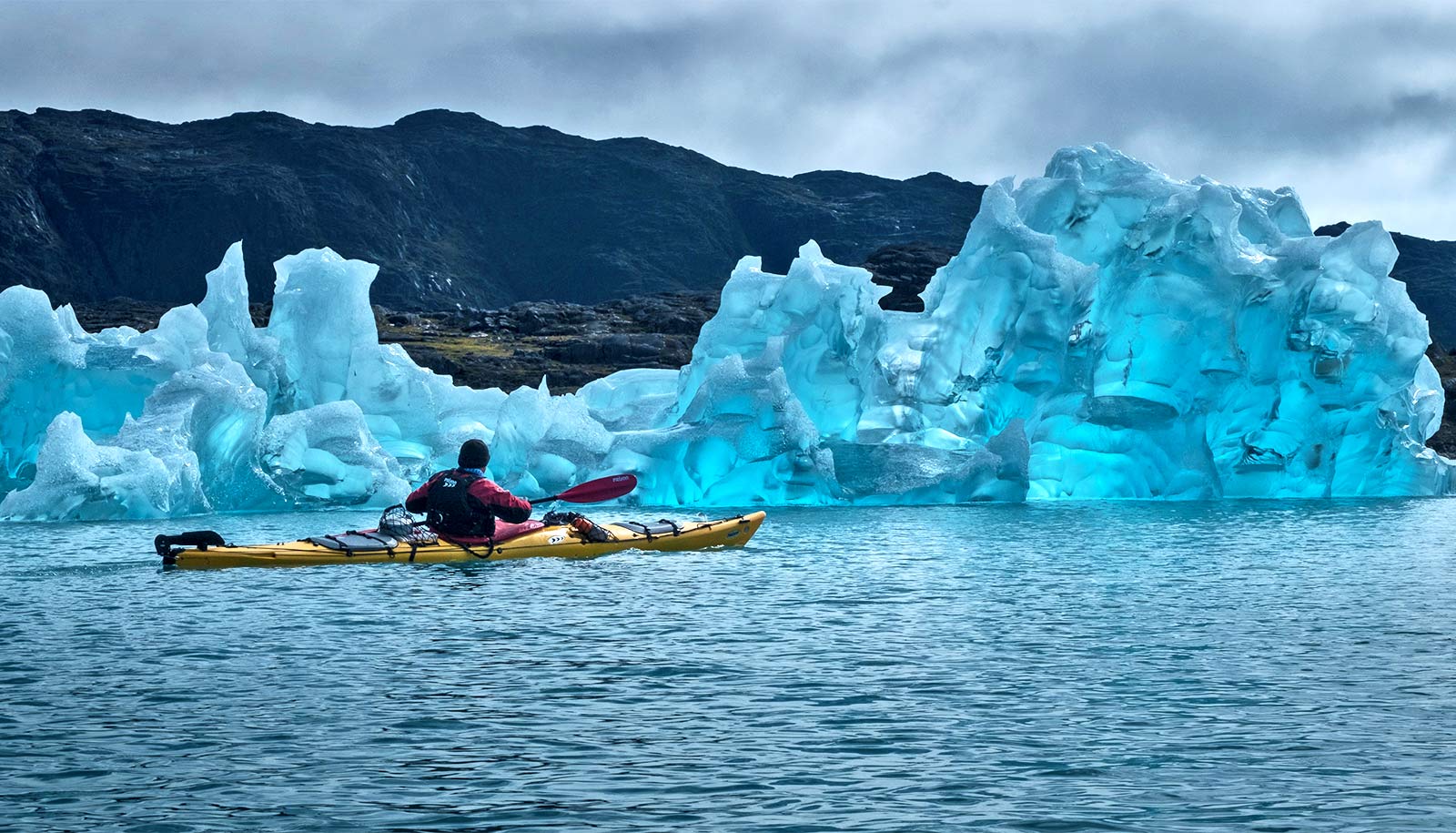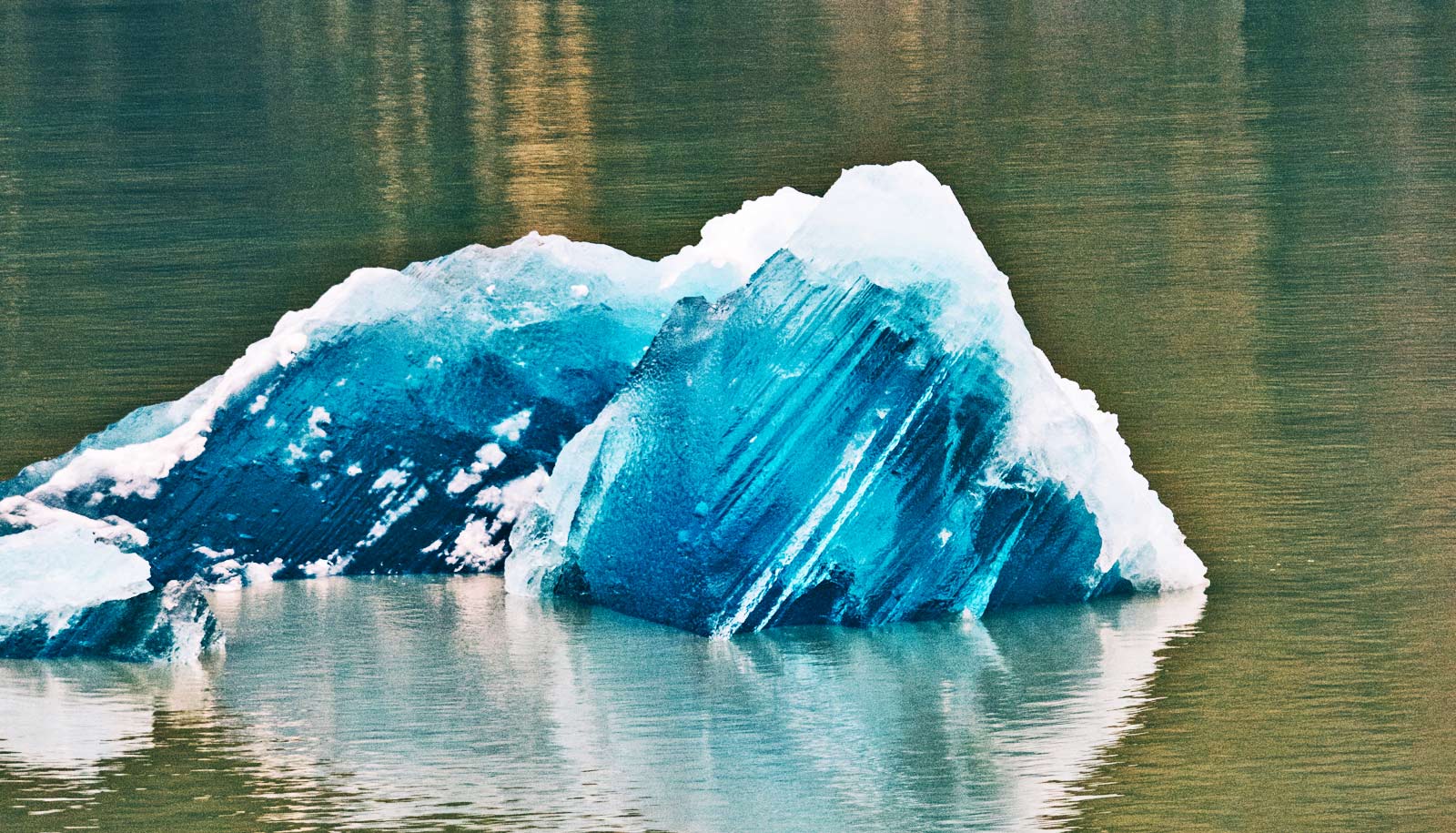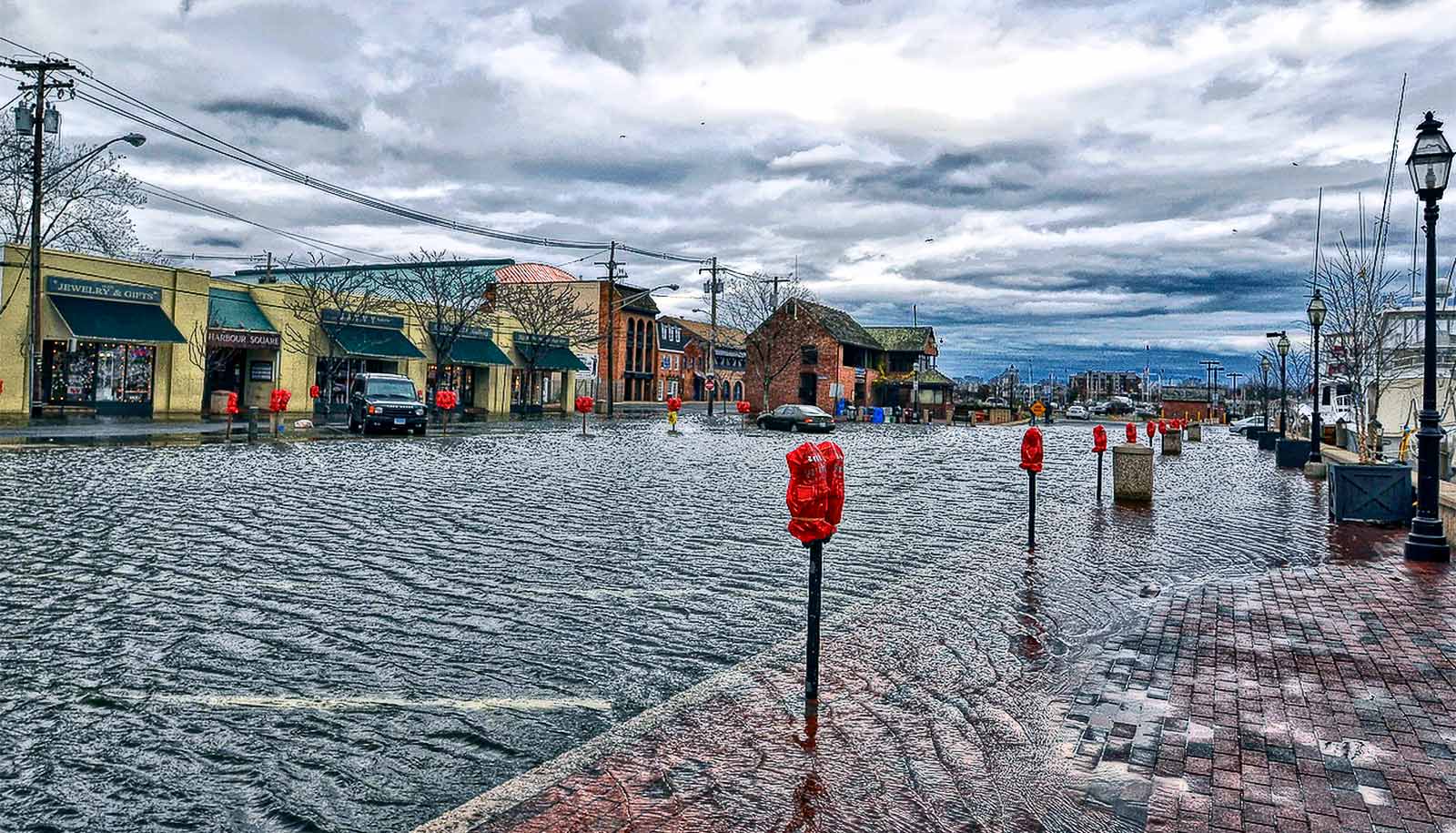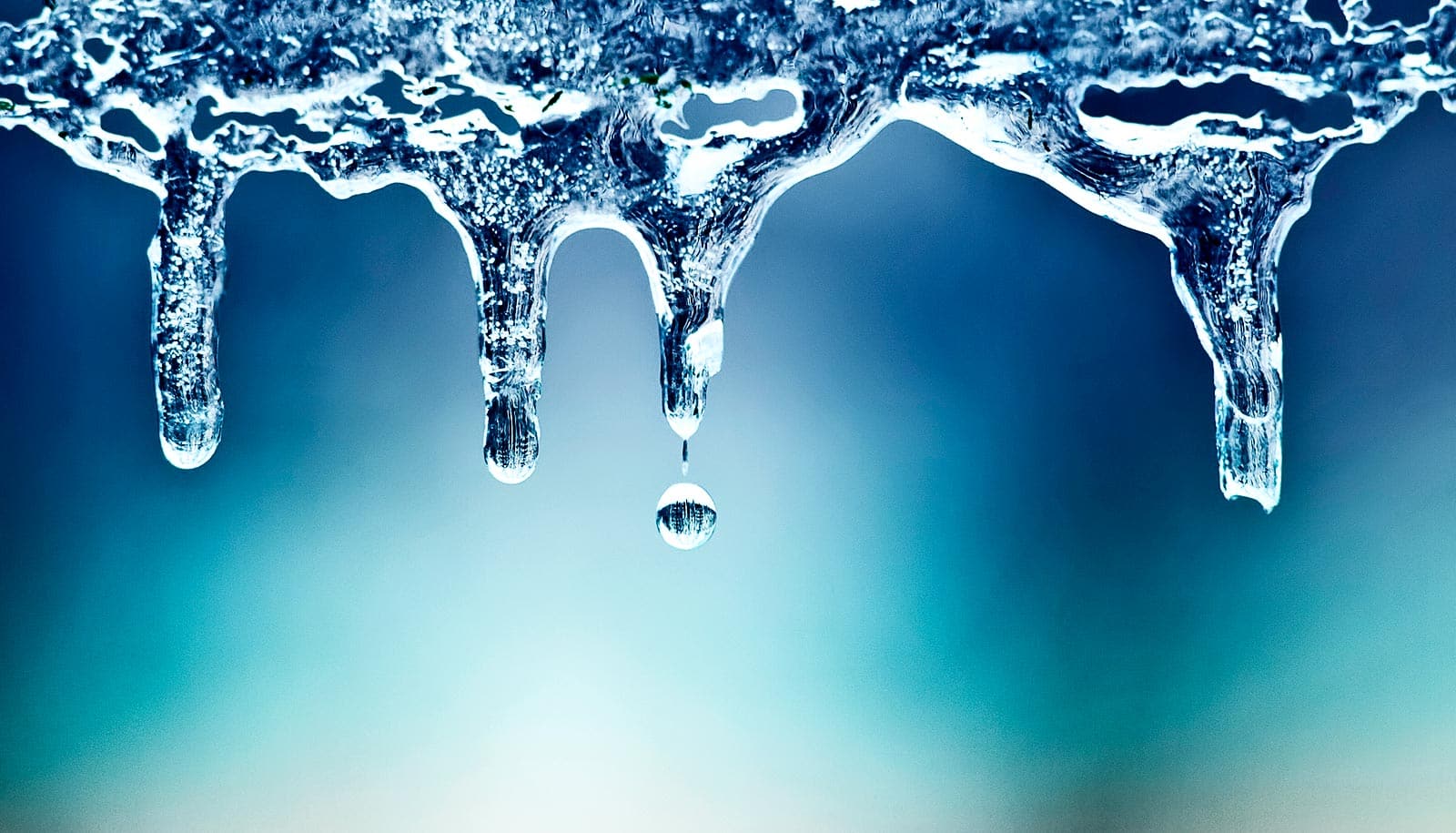Glaciers lost more than 9 trillion tons (that’s 9,625,000,000,000 tons) of ice between 1961 and 2016, according to new research.
The loss led to a 27-millimeter increase in global sea levels over this period, researchers found.
Alaska glaciers were the largest contributors, followed by melting ice fields in Patagonia and glaciers in the Arctic regions. Glaciers in the European Alps, the Caucasus mountain range, and New Zealand were also subject to significant ice loss. Due to their relatively small glacierized areas, however, they played only a minor role when it comes to the rising global sea levels.

For the new study, which appears in Nature, researchers combined glaciological field observations with geodetic satellite measurements. The latter digitally measure the surface of the Earth, providing data on ice thickness changes at different points in time. This allowed the researchers to reconstruct changes in the ice thickness of more than 19,000 glaciers worldwide.
They used the World Glacier Monitoring Service’s comprehensive database, to which the researchers added their own satellite analyses.
“By combining these two measurement methods and having the new comprehensive dataset, we can estimate how much ice has been lost each year in all mountain regions since the 1960s,” says Michael Zemp of the University of Zurich, who led the study.
“The glaciological measurements made in the field provide the annual fluctuations, while the satellite data allows us to determine overall ice loss over several years or decades.”
The global mass loss of glacier ice has increased significantly in the last 30 years and currently amounts to 335 billion tons of lost ice each year. This corresponds to an increase in sea levels of almost one millimeter per year.
“Globally, we lose about three times the ice volume stored in the entirety of the European Alps—every single year!” Zemp says.
The melted ice of glaciers therefore accounts for 25 to 30 percent of the current increase in global sea levels. This ice loss of all glaciers roughly corresponds to the mass loss of Greenland’s Ice Sheet, and clearly exceeds that of the Antarctic.
Source: University of Zurich



